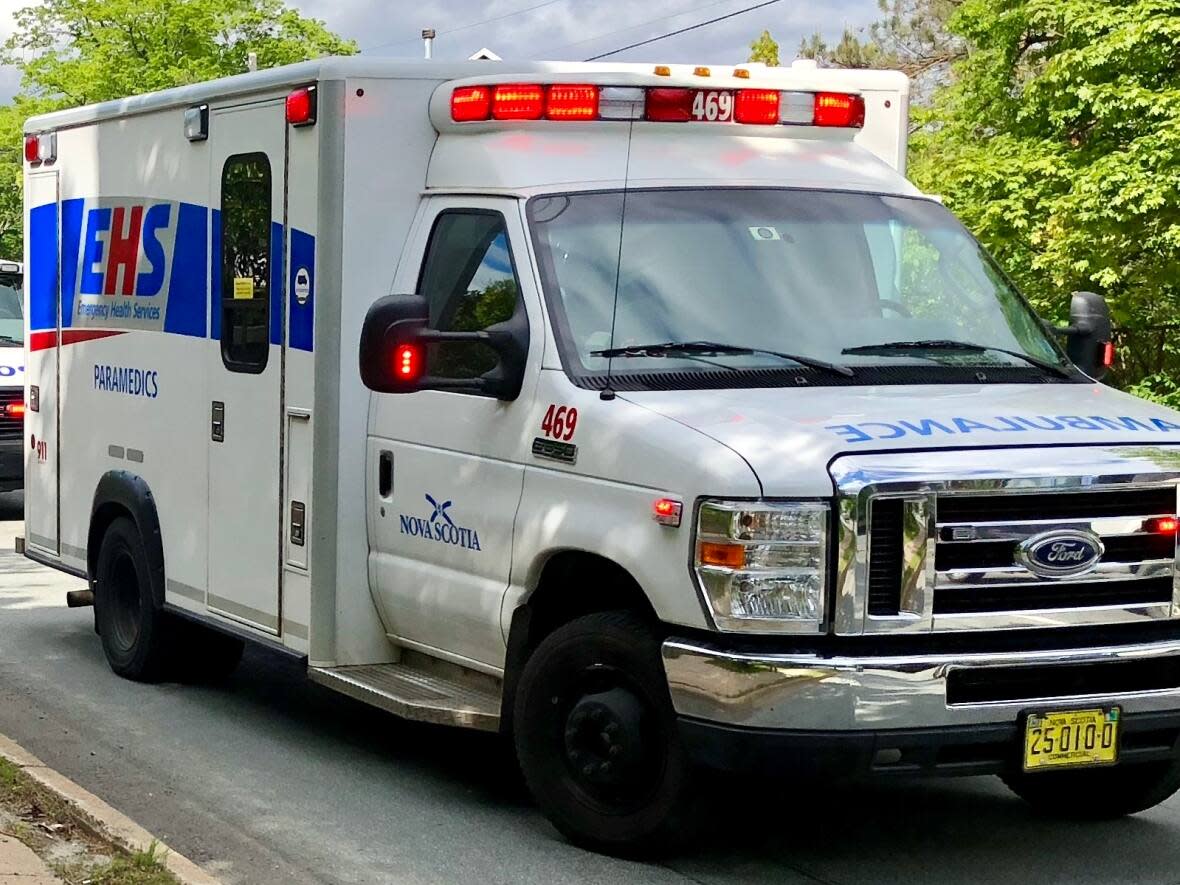N.S. transfer vehicles now responding to emergencies, says paramedics' union

The union that represents Nova Scotia's paramedics says vans that are supposed to be limited to transferring patients are now being used to respond to emergencies.
Kevin MacMullin, business manager for the International Union of Operating Engineers Local 727 that represents the paramedics, says there have been several instances over the last month where the province's new patient transfer units went to a call because there were no ambulances available.
"What they're doing now is dispatching the patient transfer unit to the call in order to stabilize patients until an emergency unit, system-status vehicle arrives on scene," he said.
The province's Health Department says the vehicles are not being used as a replacement for ambulances, but MacMullin said he's heard multiple reports of patient transfer units being asked to respond to emergency calls.
Patient transfer units were introduced as a pilot project in 2020 and the program was expanded in October 2021. The units are vans that are staffed by one paramedic and one transport operator, who is not involved in medical care.
The vans can transport several people at a time in non-emergency situations. While they have some equipment such as airway kits and defibrillators, they are not fully equipped to handle medical emergencies.
"We have to recognize as well the situation we find ourselves in. Oftentimes it's better to have one paramedic on scene than to have none. The issue here is why don't we have other available crews?" said MacMullin.
"This isn't just risky for the patient but the paramedic, too. This work can be physically demanding."
The union estimates there are 220 members on leave for short or long-term disability claims. The Omicron wave of COVID has only exacerbated the staffing situation, with some employees sick or isolating.
The union says there have been five instances since Dec. 20 where the entire province fell under "code critical" warnings, meaning a county has two or fewer ambulances available.
But the Health Department says the patient transfer units are not being used to act as ambulances despite the union's claims.
"Patient transfer units have not started responding to emergency situations due to lack of availability," the department said in a statement.
"In the event of a mass casualty incident, [Emergency Medical Care Inc.] will always direct all available resources to the scene, which can include patient transfer units. In these circumstances, the medics on those [patient transfer units] help in assessing the patients at the scene and are not involved in any patient transport."
CBC also reached out to Emergency Health Services and agreed to give the company an extra day to respond to this story.
In the end, it would not comment. Instead, a spokesperson referred CBC to the Health Department's brief statement.
When asked for further details, the union emphasized it has received several reports of this practice from its members, and specifically pointed to Dec. 27 as a day when a patient transfer unit was sent to an emergency.
"This needs to be resolved, and quickly resolved," said MacMullin, who is pushing for paramedic graduates to be fast-tracked and placed alongside experienced paramedics as soon as possible.
"We've been short trucks for a long time.… We need to have boots on the ground."


